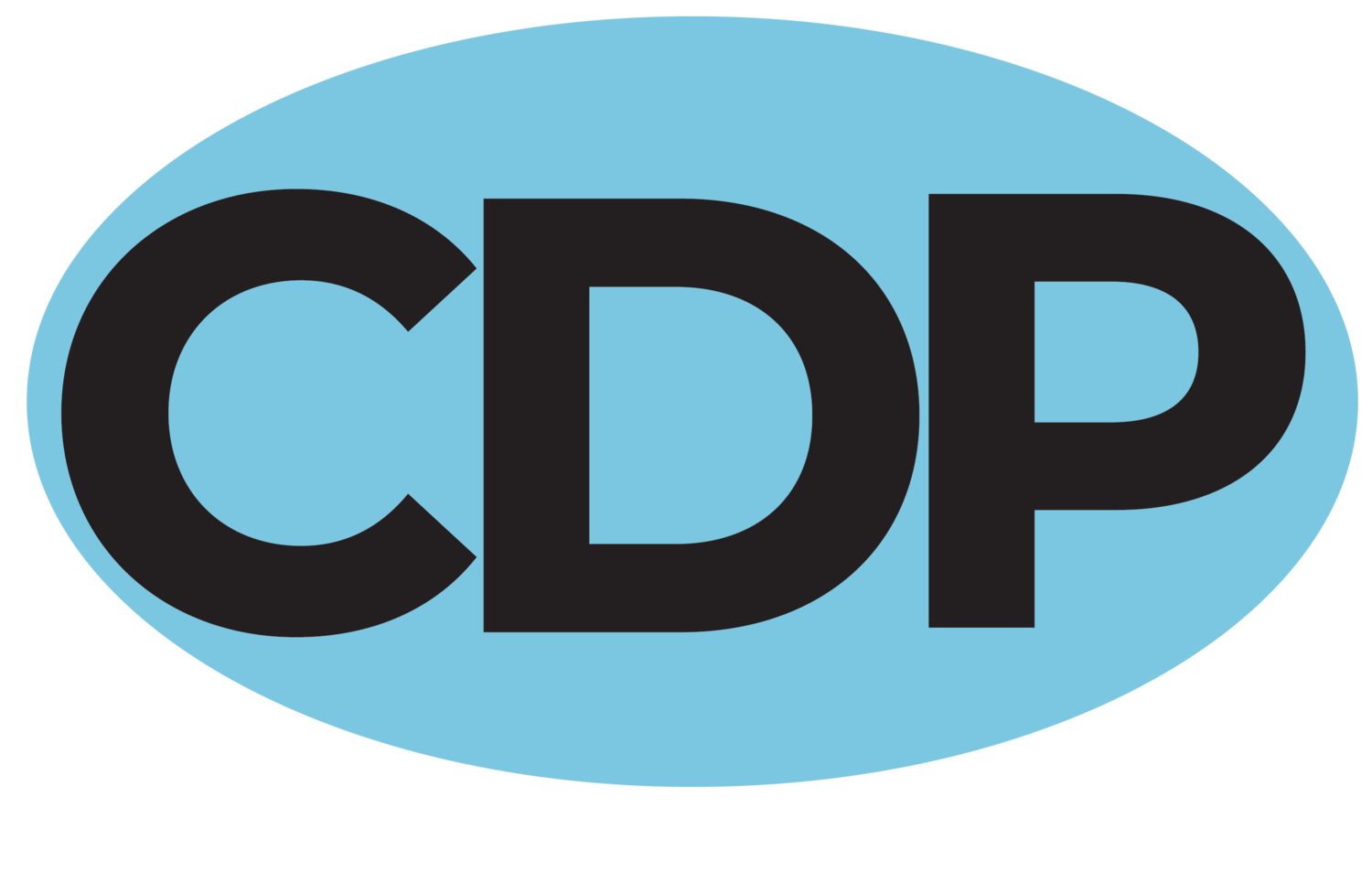Excerpt Series: Advanced Grant Writing
Guiding Principles about Grant Funding
These guiding principles for grant funding that we use at CDP are to try to guide how you approach grants. We love grants! We do a lot of work in this arena, but there are some principle things about grants that need to be understood collectively if we’re going to be successful in securing grant funding.
One of those principles is that no more than 10% to 25% of your cash funding should come from grants. We think grants are great but we know that they come and go. It’s important as we talk about long-term sustainability for your nonprofit, to make sure that you’re limiting how much funding is coming from grants because they are not guaranteed. Grants are not a great sustainable funding source. Make sure that you have a good balance of revenue streams coming in to your nonprofit. The 10% to 25% guideline that will hopefully help your organization stay sustainable. We want you around doing the work that you’re doing for a long time.
Grants are generally not long-term commitments and they do not provide an ongoing source of revenue. Now there are exceptions to most of these principles, but in general grants are awarded one time. We want to make sure that your resource development is set up for the long-haul. That you’ll still be able to operate your nonprofit if a funder pulls funding. We don’t want your organization to go away because a particular funder changes their course of action in fund distribution. We want to help you understand that grants, as a rule, are not long-term commitments nor are they good source of ongoing revenue.
Grants have a purpose:
A one time purchase or expenditure is a great use for grant dollars. If you have a project that needs to be capital infused, grants can be great for that. If you have a one-time expenditure grants are great for that. Pieces of equipment, vehicles, capital projects like buildings, renovations, those kind of things — those one time expenses are really good potential projects for a grant.
Grants also are really useful to seed something new. Funders really like to be on the ground floor of new and exciting ventures, so if you’re starting a new project or a new program a grant could be a good source.
Also an expansion of a project or a program. If you’ve been doing a program for a while, for instance in a school system and you’re going to expand your program into a new school system, that’s a pretty strong expansion of a program and therefore a good use of grant dollars.
Funders will also fund general program support and expenses. If you have an ongoing program that is impacting your community, like an after school program or you are feeding seniors or you’re helping with pets, those can be good potential projects or programs. General programs are good candidates for grant funding, with the caveat that you don’t want to become dependent on any particular grant fund.
Funders like things that they can see, projects where they know they have made or can make an impact. When you’re considering applying for a grant and how it can be used, looking at grants for these kinds of projects would be a good to start.


